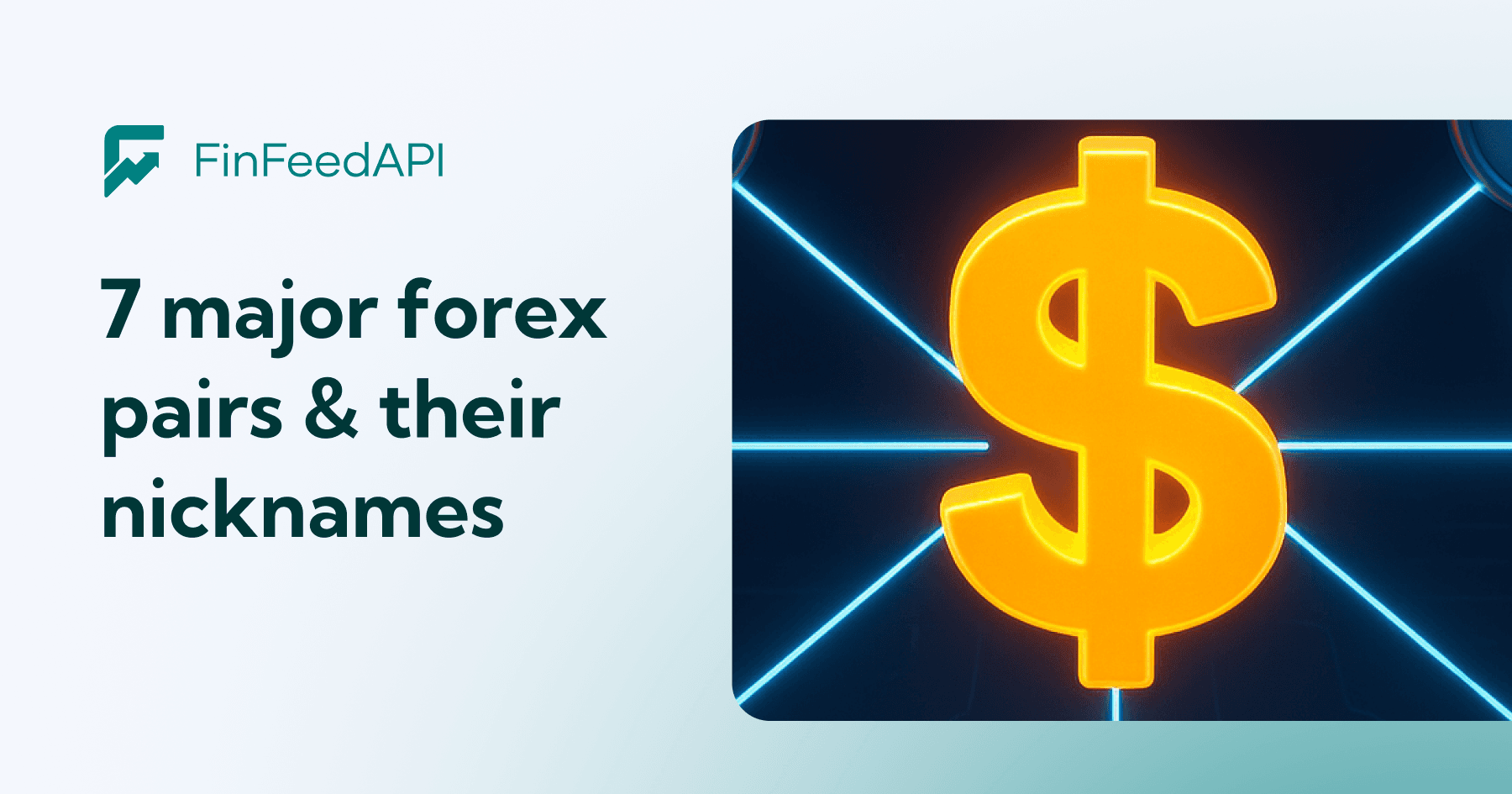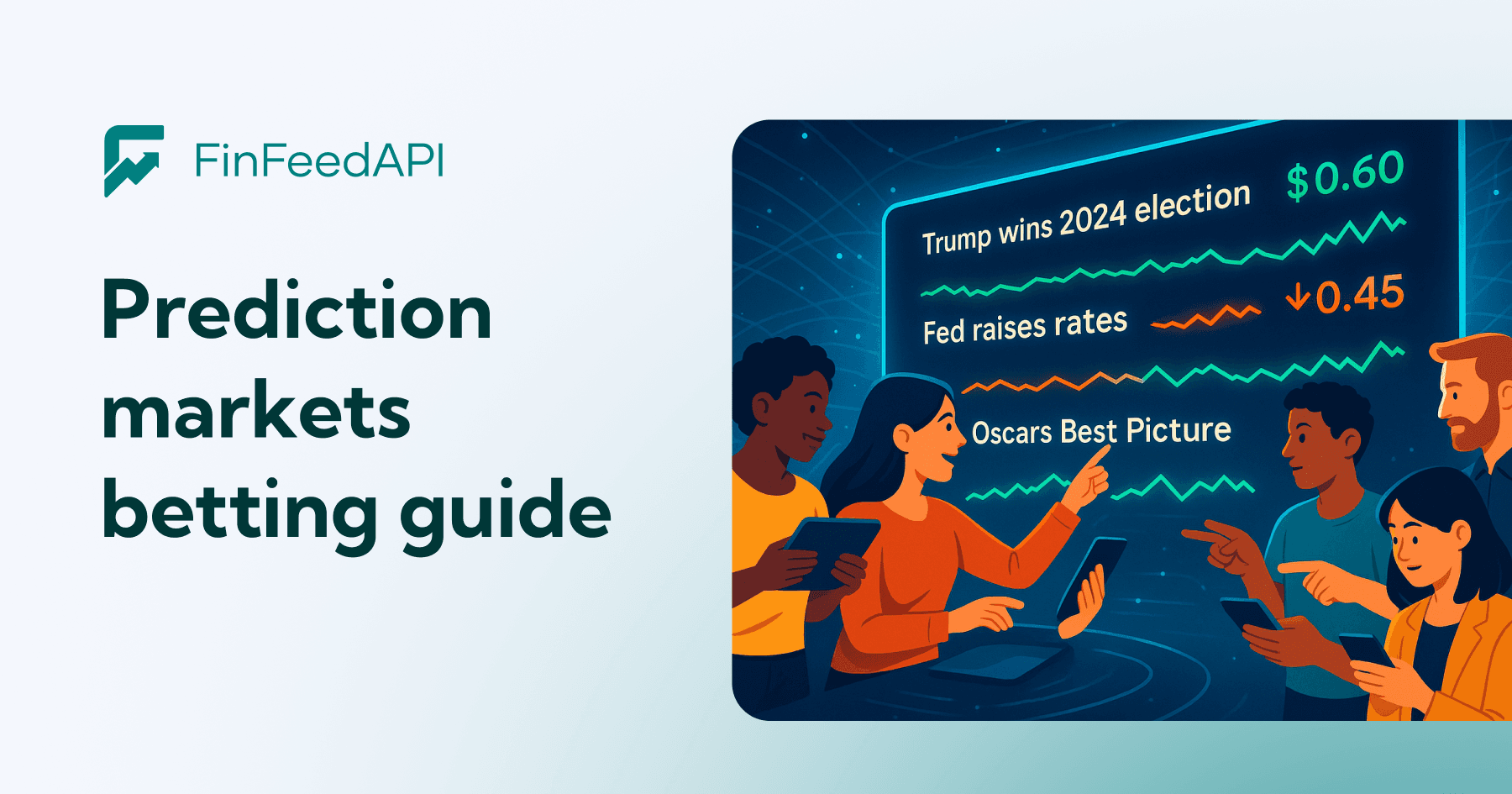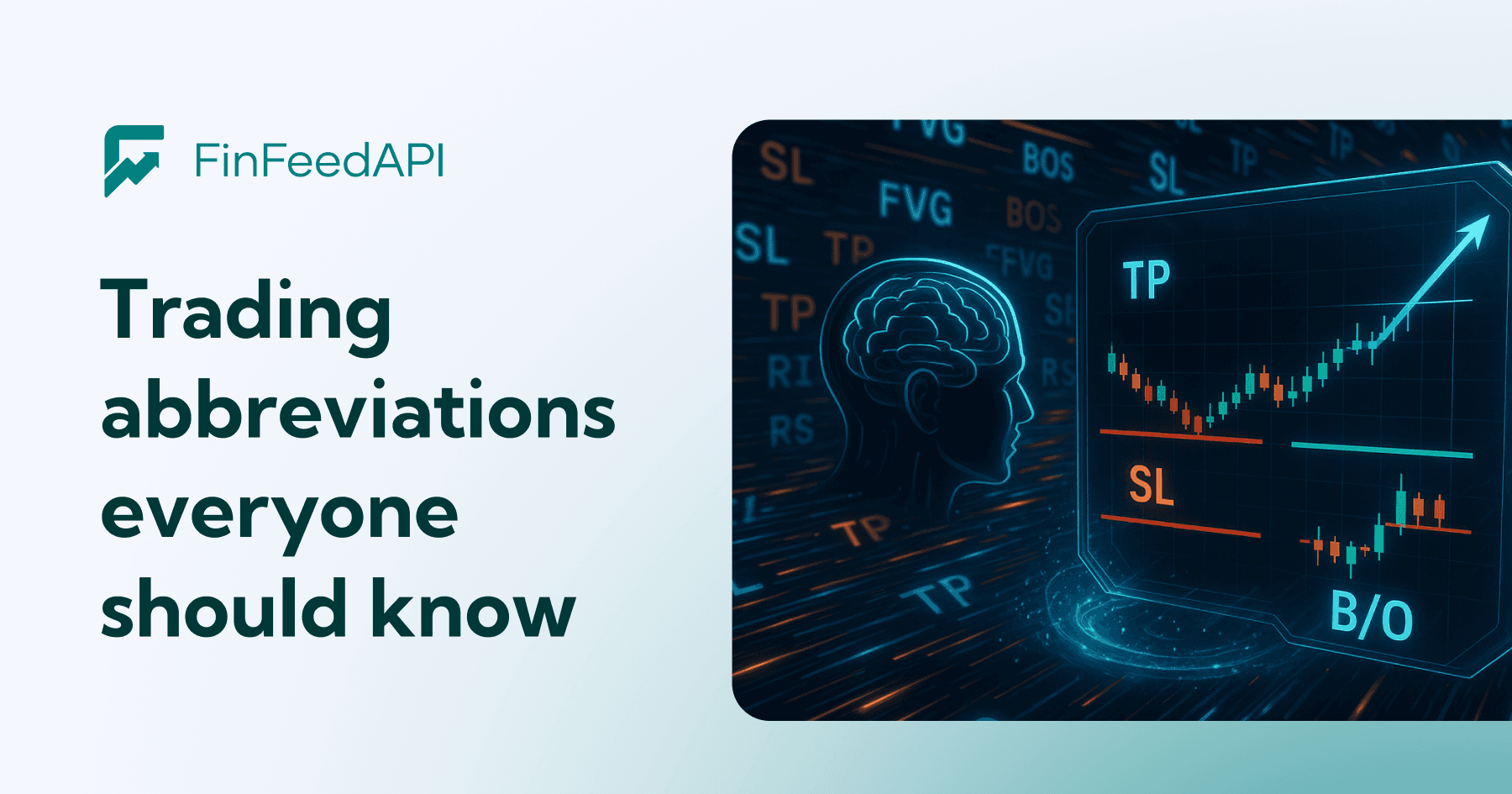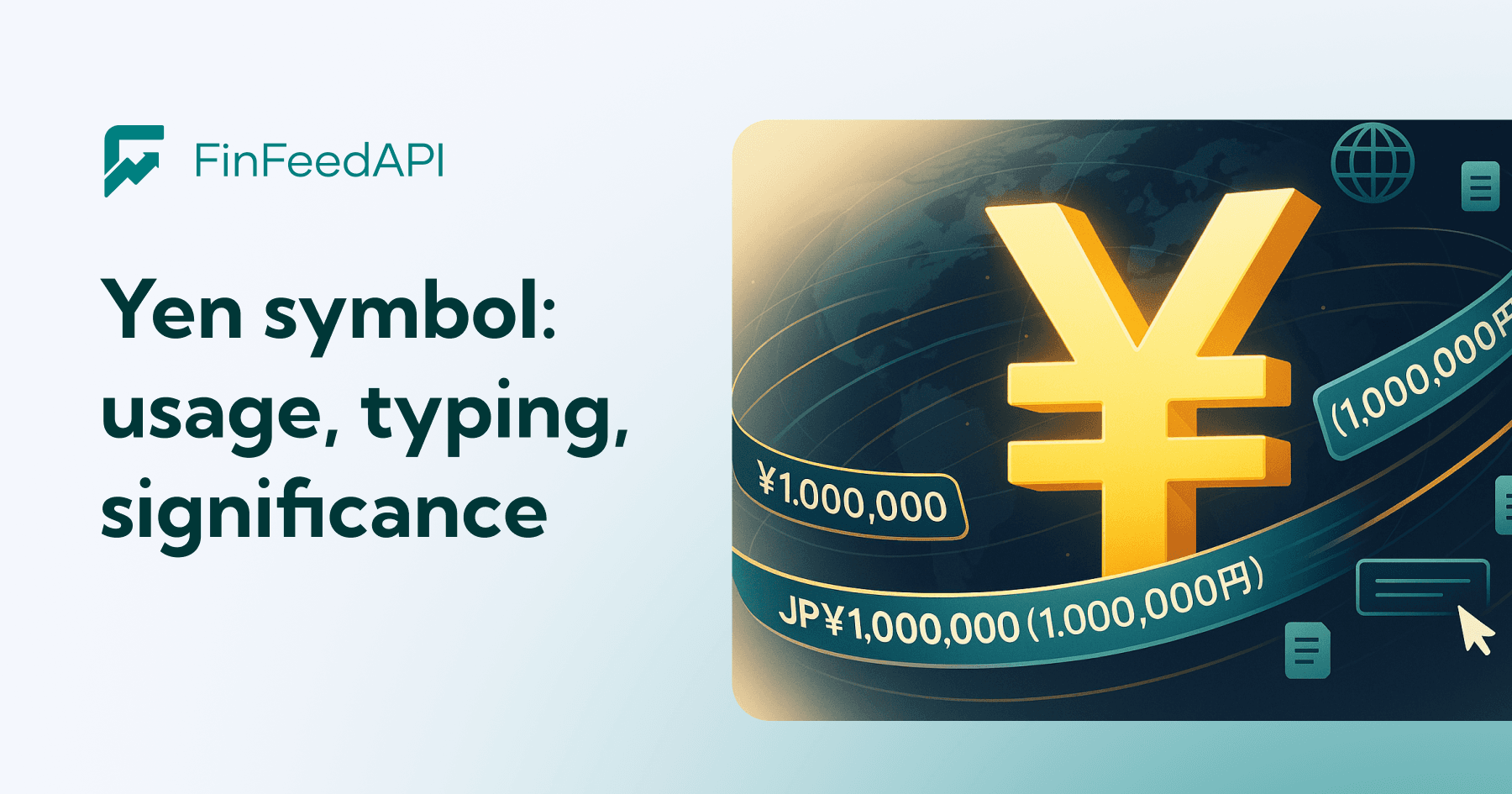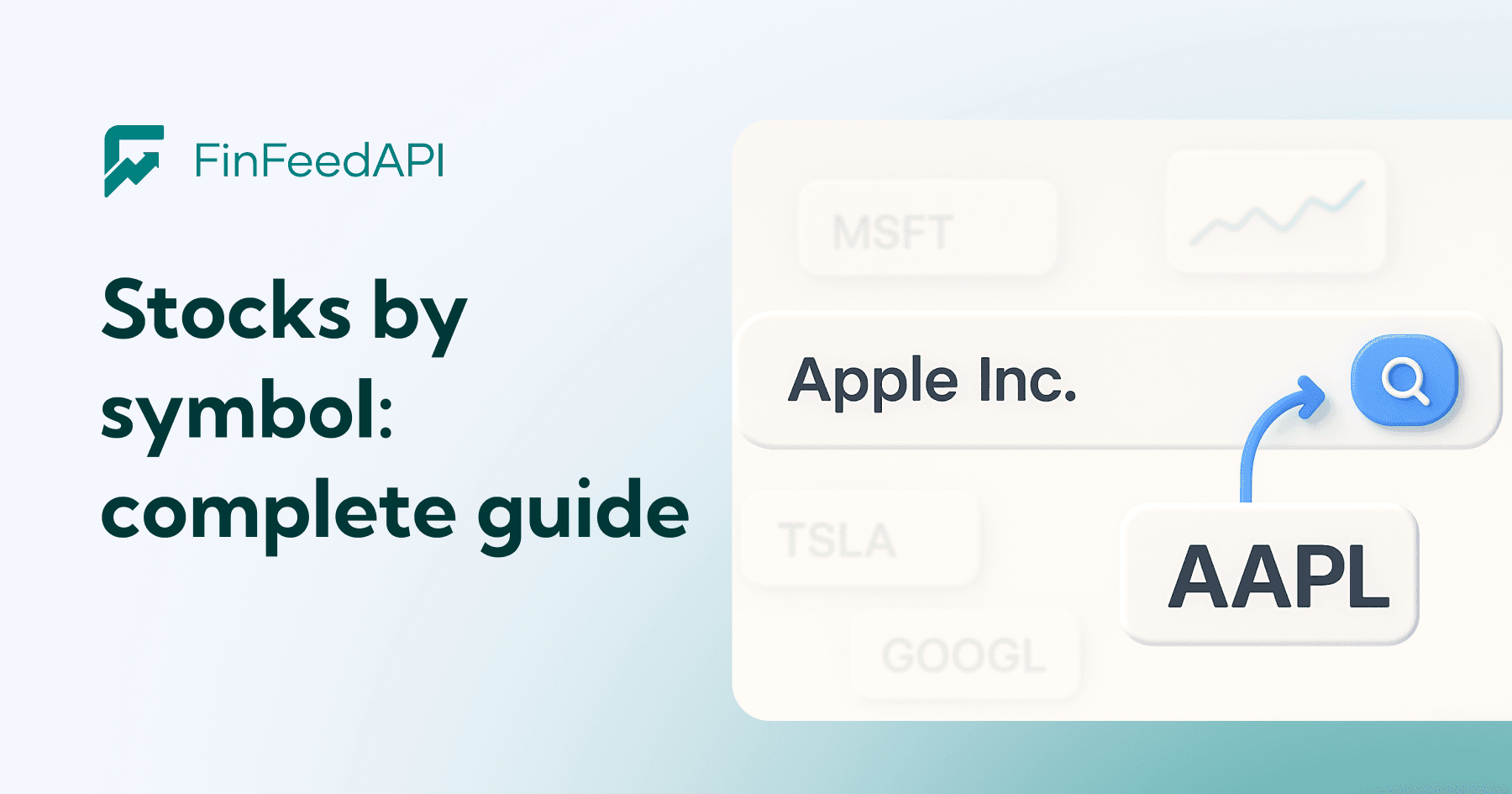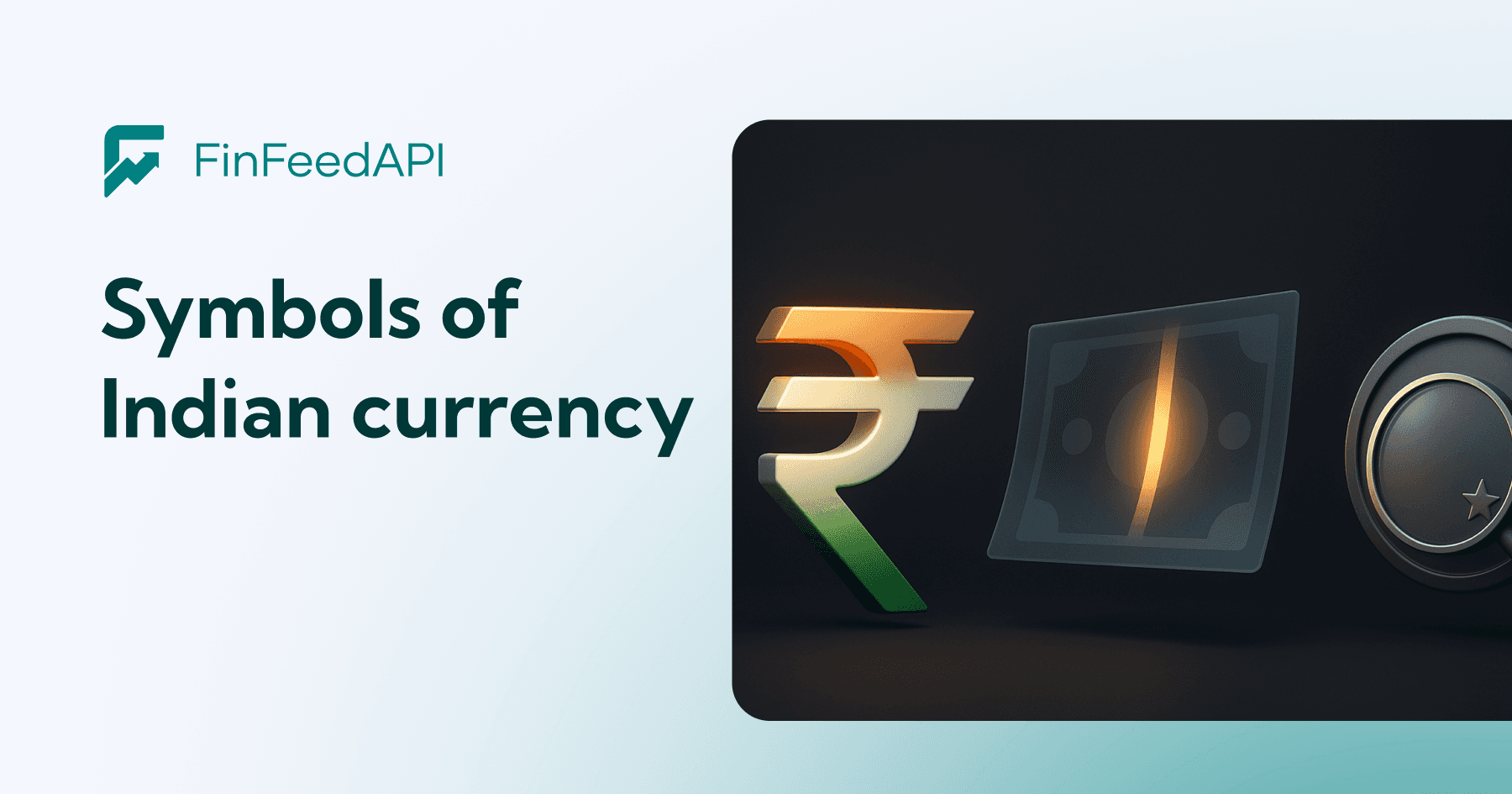The dollar sign ($) is more than a symbol — it’s the shorthand of global commerce.
From New York to Sydney to Singapore, it appears on contracts, trading screens, invoices, and codebases — a simple mark that carries centuries of financial history.
Understanding how to use, format, and type the dollar sign correctly is essential for professionals working in international trade, software, or digital finance. Whether you’re creating documents, building apps, or coding e-commerce sites, precision in currency formatting signals professionalism and trust.
The Origin and Universal Role of the Dollar Sign
The dollar sign ($) is one of the most recognizable symbols on Earth — simple, bold, and loaded with meaning.
It first appeared in the late 18th century and quickly became the international symbol for trade and stability. Its design — an “S” crossed by one or two lines — made it easy to print, easy to identify, and impossible to mistake.
Today, it represents more than 20 currencies, including the U.S. dollar, Canadian dollar, Australian dollar, Hong Kong dollar, and Singapore dollar, making it a cornerstone of global finance and digital commerce.
Single vs. Double Stroke Variants of the Dollar Sign
There are two main visual versions of the dollar sign: one with a single vertical line ($) and one with two.
The single-stroke form dominates modern usage — from digital platforms and financial systems to international branding. The double-stroke version, once common in historical documents, now appears mostly in vintage typefaces or design references.
Both styles share the same meaning, but their use reflects history: English-speaking countries standardized the single line, while older European documents sometimes used the double line for local currencies like the Portuguese escudo.
Dollar Sign Formatting Rules Across Regions
Where the dollar sign goes matters.
In English-speaking countries, it appears before the number — like $1,250.75 — a convention used in international finance, accounting, and e-commerce.
In French-speaking Canada, however, the placement flips: 1 250,75$, following local linguistic structure.
When working across borders, clarity is key.
That’s why ISO standards such as USD $100, CAD $75, or AUD $125 help eliminate confusion between currencies that share the same symbol.
Always use Unicode-supported fonts and test your layouts across platforms. A misplaced or misrendered “$” may look trivial — but in finance and software, precision defines credibility.
How to Use the Dollar Sign in Programming and Web Development
In software, the dollar sign serves two roles: a currency symbol and a functional character.
Languages like PHP, Perl, and shell scripts use $ to declare variables, so developers must escape it (\$) when displaying prices.
For HTML and web apps, the cleanest approach is:
- Insert the
$directly or use$for safe markup. - Define fallback fonts in CSS to ensure consistent display.
- Test across Chrome, Firefox, Safari, and mobile browsers.
- Add
aria-labeldescriptions for accessibility (e.g., “Price: 100 US dollars”).
Small technical details like these keep financial apps accurate, inclusive, and user-friendly.
Conclusion
The dollar sign is simple — but its impact stretches across borders and industries.
Using it correctly means understanding how it’s encoded, formatted, and displayed — from your keyboard to your trading terminal. Review your documents, test your code, and apply ISO-based currency labeling to keep your work globally accurate.
Attention to detail with a single character builds clarity, trust, and professionalism in every deal, product, and line of code.
Pro Tip: Work With Currency Data the Smart Way
If you build apps, dashboards, or trading tools — accurate currency formatting is just the start.
With FinFeedAPI, you can go further:
Access real-time and historical exchange rates, connect multiple currencies through one unified API, and automate your financial data with precision.
Explore the FinFeedAPI Currency API — and start turning clean data into clear insights.





